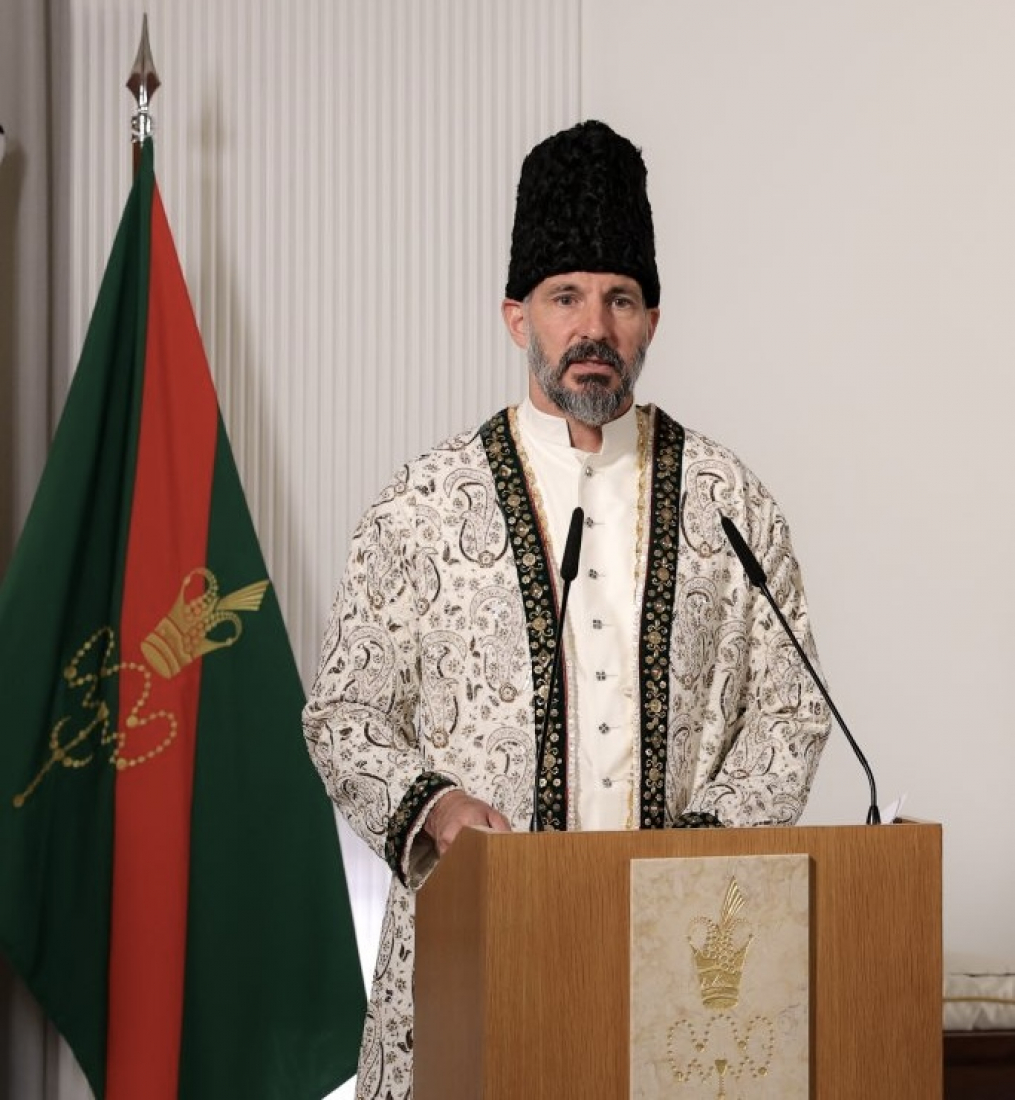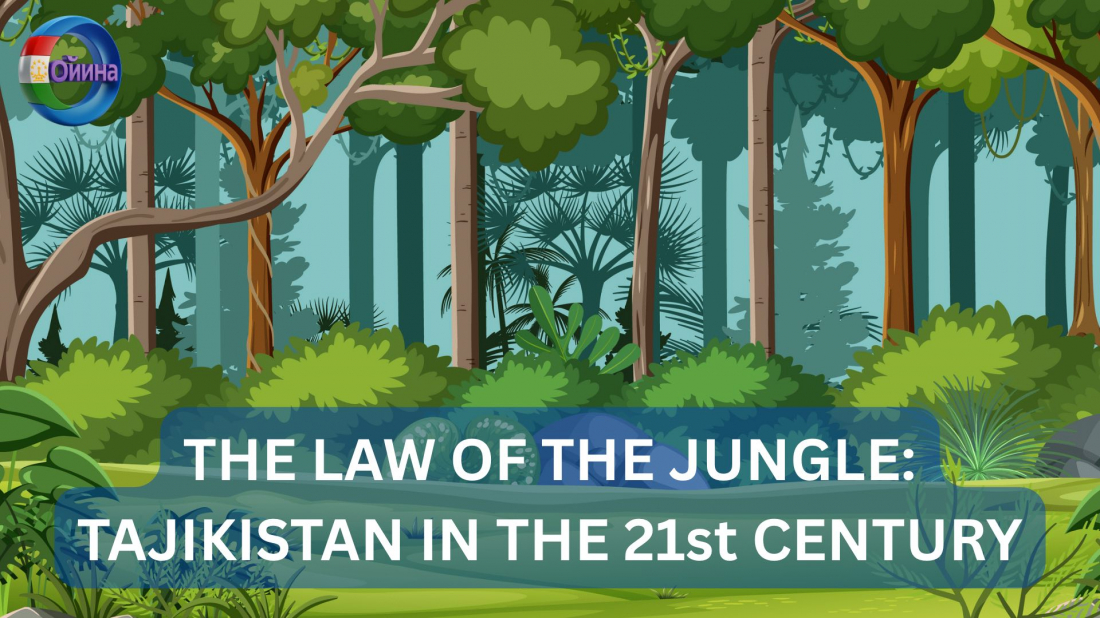
LABOUR MIGRATION IN TAJIKISTAN: PROBLEMS AND SOLUTIONS
19.08.2025
In Tajikistan, although labour migration has long been the country’s number one problem, there is still no comprehensive state programme to resolve it. Jobs most often exist only in bureaucratic lists and promises and are forgotten as quickly as they appear.
Even if ministries were to establish 1,000 new enterprises and create 15,000 jobs, this would be far from sufficient. Every year, between 35,000 and 45,000 school graduates enter the labour market. Meanwhile, the country as a whole needs 1.4–1.5 million jobs, and the state is unable to create even 10% of that number annually.
This imbalance means that the growing demand for jobs cannot be met within the country, due to a shortage of workplaces and low wages. As a result, labour migration continues to intensify. The international labour market — especially Russia — draws in Tajik youth. The process, however, remains largely unregulated: only about 1% of migrants are officially employed through state or private recruitment structures.
Statistical data shows that the majority of labour migrants are young people between 17 and 39 years of age. Over the past 20 years, the population of Tajikistan has grown by 32%, and the labour force by 67%, yet the employment rate has increased by only 9.1%. This illustrates the true scale of Tajikistan’s number one problem. Today, there is hardly a family without at least one migrant abroad.
A sociological study conducted by the Centre for Strategic Studies under the President of Tajikistan together with the International Labour Organization (“Study on Savings and Investments Strengthened by Remittances of Labour Migrants”) found that:
- 31% of migrants are aged 18–25,
- 39% are aged 26–35,
- 28% are aged 36–65.
This means migration is chosen primarily by young people. In recent years, the process has become increasingly “family-based,” with entire young families leaving the country.
According to the same study, in 71% of Tajik households at least one person is abroad as a migrant, in 22% two, and in 7% three.
In recent years, between 200,000 and 400,000 Tajik citizens have left the country annually. In addition, 150,000–180,000 new workers enter the domestic labour market every year. Meanwhile, the Ministry of Labour, Migration and Employment can provide vocational training for only 50,000–60,000 people annually, which is nowhere near enough.
The lack of a unified state programme aggravates the problem. Vocational training courses should begin as early as in schools, vocational lyceums and boarding schools. It is equally important to create greater opportunities for learning foreign languages.
Another serious dimension of labour migration is the gender issue. Rising divorce rates, important family decisions taken without the presence of husbands, and the absence of parents in the upbringing of children are all dangerous consequences of mass male migration. The majority of migrants are either unmarried or newly married men.
Within the country, the problem of late marriages among women is increasing. Many migrants do not return to start families. This leads to a growing number of young women raising small children alone.
Labour migration also poses risks to health and working conditions. Migrants often work in extremely harsh environments, with heavy labour, poor living conditions, inadequate nutrition, and occasional unprotected sexual relations. As a result, the rates of certain diseases are much higher among migrants: tuberculosis is 2–3 times more common, while HIV is 9 times more prevalent compared to the national average.
Sadly, mortality among Tajik migrants abroad remains high. For example:
- in 2017, 784 deaths were recorded,
- in 2019, 878 deaths,
- in 2021, 884 deaths.
Labour migration has long since become Tajikistan’s largest “sector” of the national economy, yet it still lacks effective strategic management. Without stronger migrant protection institutions in Russia and without a proper Tajik Migration Service infrastructure operating there, solving these problems will remain impossible.
At the same time, calculations show that if informal “fees” and corrupt practices in Russia were cut by at least half, Tajikistan could gain an additional 1–1.2 billion USD annually. Moreover, the government should seek access to at least 100,000 jobs in the European Union and 50,000 in South Korea.
An important step would be the adoption of a law on “minimum hourly wages in specific sectors of the economy.” This alone could create about 200,000 jobs in agriculture and more than 100,000 permanent jobs in education and healthcare.
The key lesson is clear: jobs are not created by ministries but by a healthy market economy. Only the growth of entrepreneurship and the implementation of an effective economic policy can provide citizens with decent employment and fair wages.
Conclusion: Only a new vision, modern management, persistence, and the full use of national resources can help Tajikistan overcome this deep-rooted national challenge.













